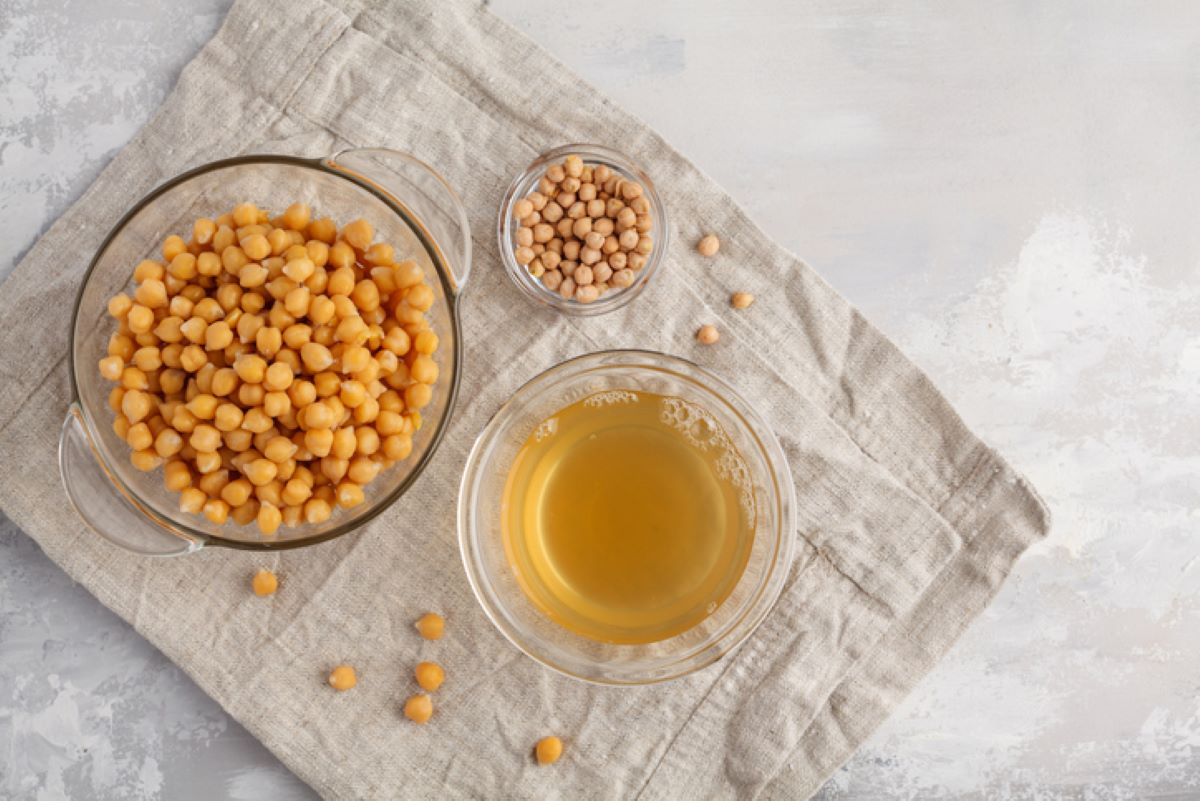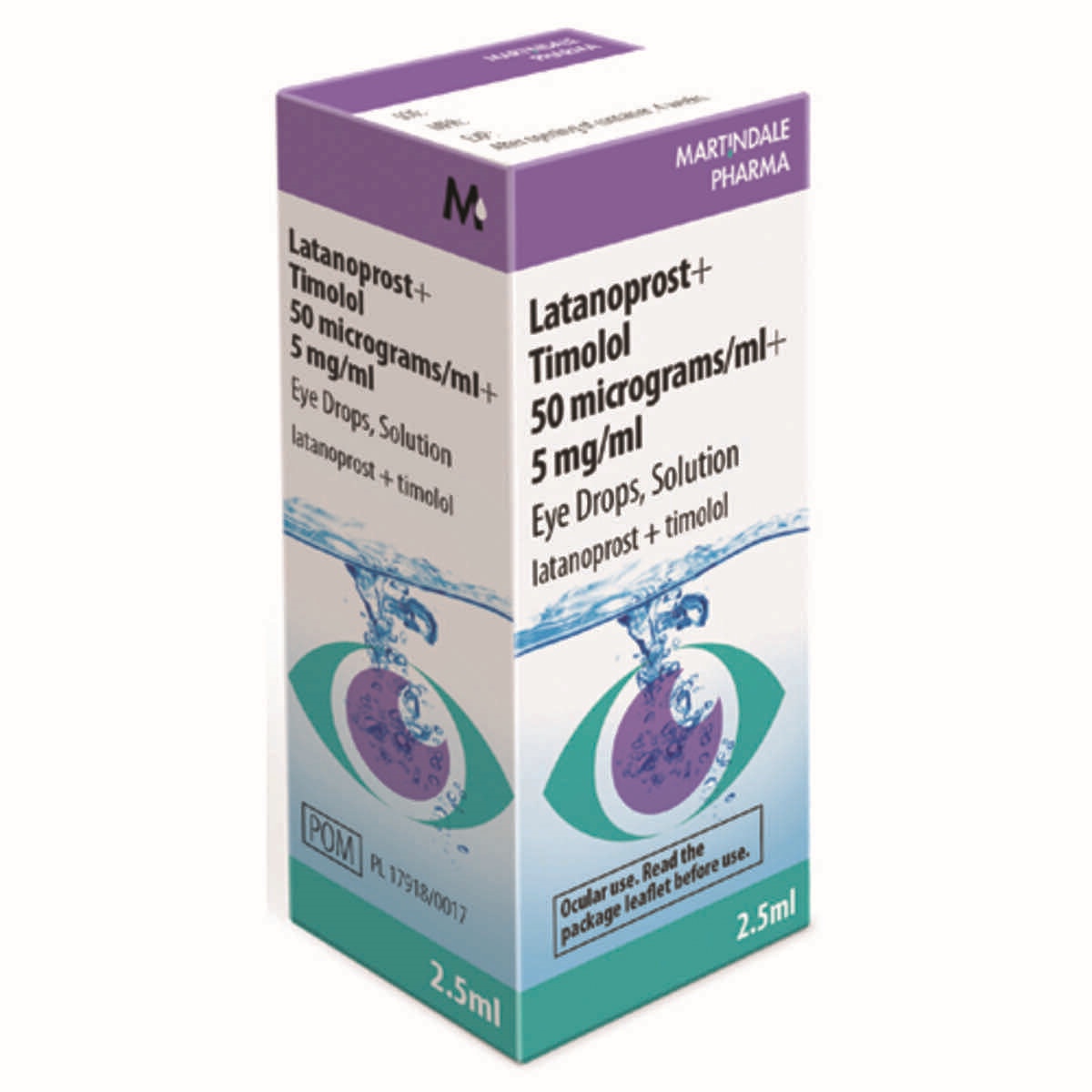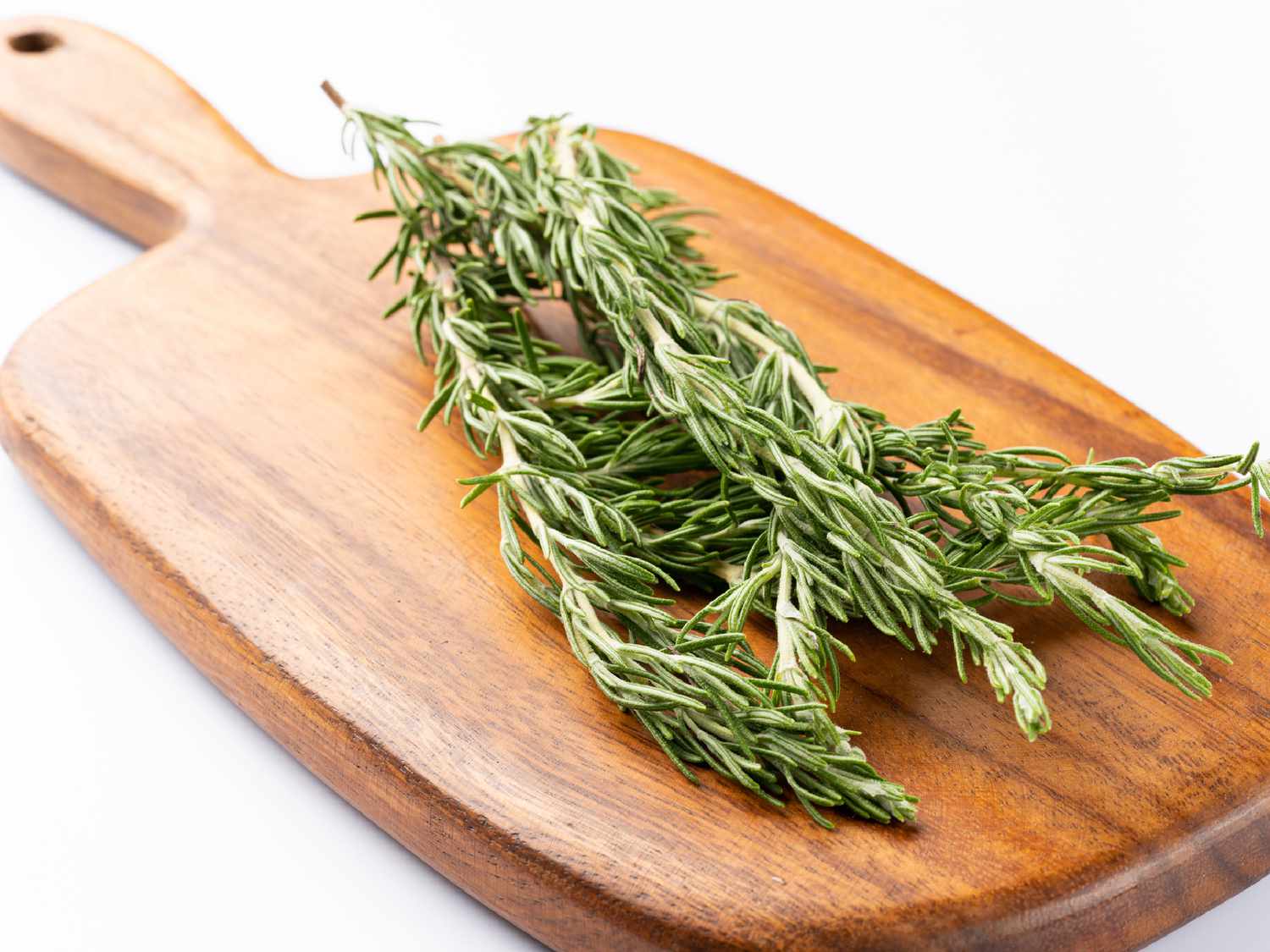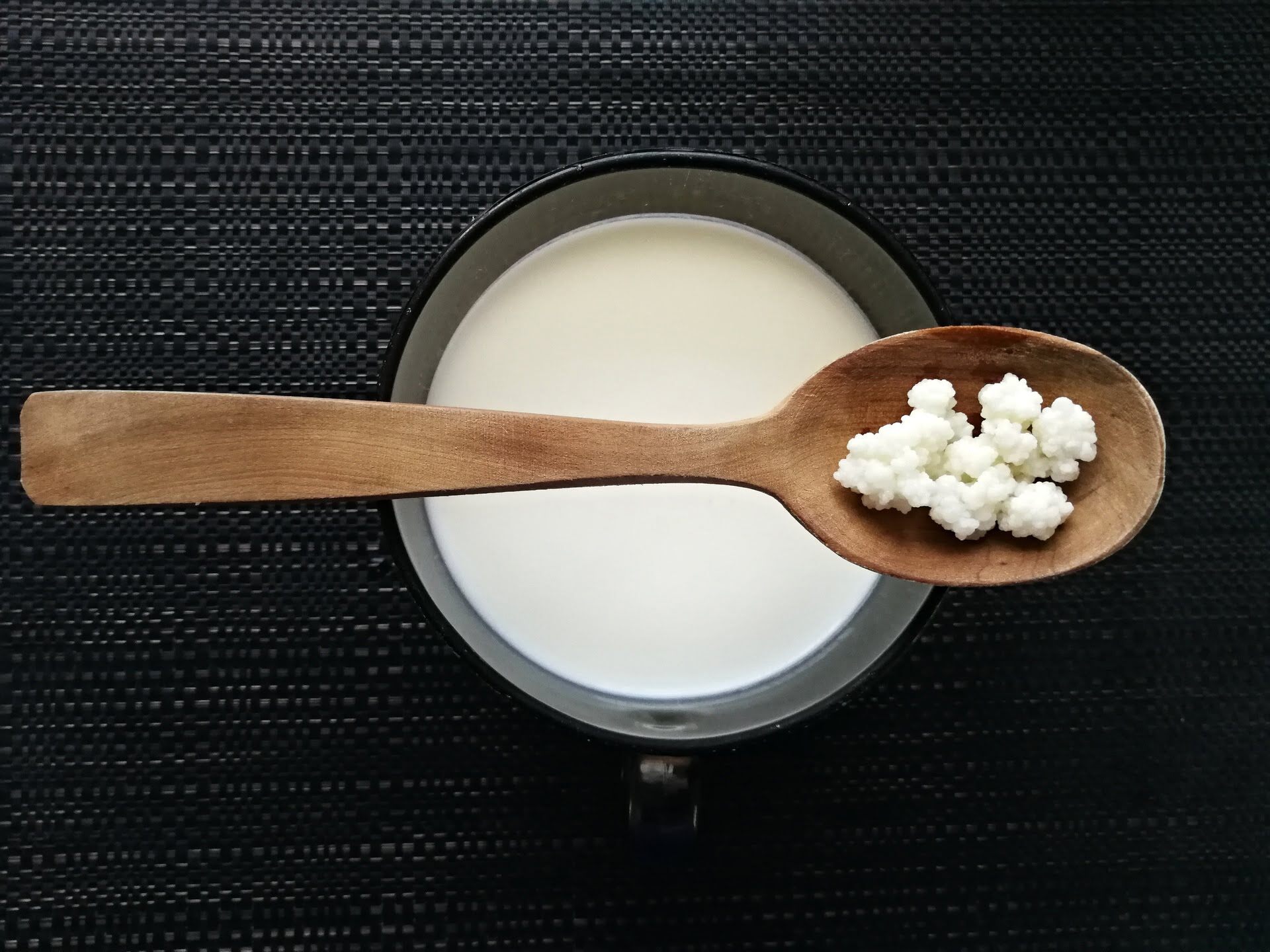

Articles
How To Store Aquafaba
Modified: August 17, 2024
Learn the best ways to store aquafaba in this informative article. From freezing to canning, discover the best methods to keep this versatile ingredient fresh and ready for use.
(Many of the links in this article redirect to a specific reviewed product. Your purchase of these products through affiliate links helps to generate commission for Storables.com, at no extra cost. Learn more)
Introduction
Aquafaba is a versatile and popular ingredient that has gained significant attention in the culinary world. Whether you are a vegan baker looking for an egg substitute or a home cook wanting to experiment with new recipes, aquafaba is a game-changer. But once you have made or obtained this liquid gold, you may be wondering how to store aquafaba to ensure its freshness and usability.
Before we delve into the storage techniques, let’s first discuss what aquafaba is and why it has become so popular in cooking and baking.
Key Takeaways:
- Aquafaba, a versatile egg substitute, can be stored in the refrigerator for up to a week or frozen for up to three months. Proper storage techniques and portion control ensure its freshness and usability in various recipes.
- Whether you’re a vegan baker or a home cook, understanding how to store aquafaba is essential for maintaining its quality. From labeling and dating to gentle thawing, these tips ensure optimal results in your culinary creations.
Read more: How To Store Store-Bought Bread
What is Aquafaba?
Aquafaba is the viscous liquid that is left over after cooking or canning legumes, such as chickpeas or beans, in water. The word “aquafaba” is derived from Latin, with “aqua” meaning water and “faba” meaning bean. This magical ingredient gained recognition in 2015 when a French chef, Joël Roessel, discovered its unique properties.
So, what makes aquafaba so special? It turns out that this plant-based liquid emulates the properties of egg whites, making it an excellent vegan alternative in recipes that typically require eggs. When whipped, aquafaba forms stiff peaks, just like egg whites, and can be used to create meringues, macarons, marshmallows, and other delicate desserts.
Besides its egg-replacement qualities, aquafaba is also known for its ability to act as a stabilizer, binder, and emulsifier in various recipes. Its capacity to form foams, thicken sauces, and bind ingredients together has made it a revolutionary ingredient for vegans, individuals with egg allergies, or those looking for a healthier alternative to eggs.
Why is Aquafaba Popular?
Aquafaba has gained immense popularity among home cooks, professional chefs, and the vegan community for several reasons.
1. Vegan-friendly: One of the main reasons for aquafaba’s popularity is its ability to replace eggs in vegan recipes. It provides a plant-based alternative for those who follow a vegan or vegetarian diet or have egg allergies. With aquafaba, vegan bakers can create light and fluffy cakes, moist cookies, and even creamy mousse without using traditional animal-derived eggs.
2. Waste reduction: Aquafaba offers an ingenious solution to reduce food waste. Before its discovery, many people would discard the liquid from canned beans or simply pour it down the drain without realizing its potential. By using aquafaba, you can repurpose something that would have otherwise been thrown away.
3. Allergen-free: Aquafaba is an excellent alternative for individuals with egg allergies or sensitivities. It allows them to enjoy baked goods and other recipes that traditionally contain eggs without the risk of an allergic reaction. This makes aquafaba a versatile ingredient for people with dietary restrictions or special dietary needs.
4. Nutritional value: Aquafaba is low in calories and fat, making it a healthier option compared to traditional egg whites. It is also cholesterol-free and rich in protein and fiber due to its legume origins. This makes aquafaba not only versatile but also a nutritious addition to your recipes.
5. Culinary versatility: Aquafaba’s unique properties make it highly versatile in the kitchen. It can be used as a substitute in recipes that call for egg whites, such as meringues, macarons, and mousses. Aquafaba can also be used as an egg binder in recipes like pancakes, bread, and meatless patties. With aquafaba, you have the freedom to explore and experiment with a wide range of dishes.
6. Cost-effective: Another advantage of using aquafaba is its affordability. Compared to traditional egg whites or other egg substitutes on the market, aquafaba is a budget-friendly option. You can obtain it for a fraction of the cost or even for free if you cook legumes from scratch.
Overall, the versatility, sustainability, and health benefits associated with aquafaba have contributed to its incredible popularity in the culinary world. Its ability to mimic the properties of egg whites makes it a powerful ingredient that opens up a world of possibilities for both vegans and non-vegans alike.
Understanding Aquafaba Storage
Proper storage is essential to maintain the freshness and quality of aquafaba. Understanding how aquafaba should be stored is crucial to ensure its usability in your cooking and baking endeavors.
Aquafaba can be stored in various ways, depending on your preferences and the length of time you plan to keep it. The most common methods of storing aquafaba include refrigeration and freezing. Each method has its advantages and considerations, so let’s explore them in more detail.
Refrigeration: Storing aquafaba in the refrigerator is the most common and convenient method. It allows you to access your aquafaba quickly and use it within a reasonable timeframe. When refrigerated, aquafaba can generally stay fresh for up to one week.
Freezing: Freezing aquafaba is an excellent option if you have a surplus or wish to store it for an extended period. Freezing aquafaba will help preserve its quality and freshness for up to three months. However, it’s important to note that the texture of aquafaba may change slightly after freezing, but it will still perform well in recipes.
Other Storage Options: If you prefer not to freeze or refrigerate your aquafaba, you can also consider canning or dehydration methods. Canning involves preserving aquafaba in sterilized jars using a pressure canner or boiling water bath. Dehydration, on the other hand, requires the aquafaba to be cooked down and dried into a powder or concentrate for long-term storage.
Regardless of the storage method you choose, it’s important to label and date your aquafaba containers to keep track of their freshness. This will help you prioritize the use of older aquafaba and ensure you’re using it within its recommended timeframe.
By understanding the different storage techniques and their respective durations, you can make informed decisions based on your needs and the quantity of aquafaba you have.
In the next sections, we will delve into the specific steps for storing aquafaba in the refrigerator and freezer, as well as provide additional tips for maintaining its quality.
Proper Storage Techniques
When it comes to storing aquafaba, following proper techniques is key to maintain its quality and freshness. Whether you choose to refrigerate or freeze your aquafaba, there are specific steps you can take to ensure optimal storage conditions.
Here are some important tips to keep in mind:
1. Strain and separate: Before storing aquafaba, it’s important to strain it to remove any solid particles or debris. Use a fine-mesh sieve or cheesecloth to strain the aquafaba into a clean container. This step helps ensure a smooth and uniform consistency.
2. Clean and airtight containers: Choose clean containers that are specifically designed for food storage, such as glass jars or food-grade plastic containers. It’s important to use airtight containers to prevent air and moisture from getting in, which can affect the quality of the aquafaba.
3. Portion control: Consider portioning the aquafaba into smaller containers or ice cube trays before storing. This allows you to thaw or use only the amount you need, preventing unnecessary waste or thawing of the whole batch.
4. Labeling and dating: To keep track of the freshness of your aquafaba, label each container with the date it was prepared or stored. This way, you can easily identify the oldest aquafaba and use it first.
5. Avoid cross-contamination: When storing aquafaba, make sure to keep it separate from other strong-smelling foods, as it can easily absorb odors. Store it away from pungent ingredients like garlic or onions.
6. Temperature control: If you are refrigerating your aquafaba, ensure that your refrigerator is set to an appropriate temperature to keep it at a consistent and safe level. For freezing, set your freezer to the recommended temperature to maintain the quality of the aquafaba.
By following these storage techniques, you can prolong the shelf life of your aquafaba and maintain its quality for future culinary adventures. Next, we will discuss in detail the steps for storing aquafaba in the refrigerator and freezer.
Store aquafaba in an airtight container in the refrigerator for up to 5 days, or freeze it in ice cube trays for longer storage. Thaw before using.
Read more: How To Store Basil From Grocery Store
Storing Aquafaba in the Refrigerator
Refrigerating aquafaba is a convenient storage method that allows you to have easy access to it for up to a week. Here is a step-by-step guide on how to properly store aquafaba in the refrigerator:
1. Strain the aquafaba: After you have cooked or obtained the aquafaba, strain it through a fine-mesh sieve or cheesecloth to remove any solid particles or debris. This will help ensure a smooth consistency.
2. Transfer to a clean container: Pour the strained aquafaba into a clean and airtight container. Choose a container that is the appropriate size for the quantity of aquafaba you have. Leave some headspace at the top to account for expansion, if any.
3. Seal tightly: Close the container tightly to prevent air and moisture from entering. Make sure that the lid is secure and that there are no gaps or openings.
4. Label and date: Use a label or write directly on the container to indicate the date the aquafaba was prepared. This will help you keep track of its freshness and prioritize its use.
5. Place in the refrigerator: Put the sealed container of aquafaba in the refrigerator. Choose a spot that is cool and away from strong-smelling foods to prevent cross-contamination of flavors.
6. Use within a week: Aquafaba stored in the refrigerator can generally stay fresh for up to a week. It’s important to use it within this timeframe to ensure its quality.
Remember to give the container a gentle shake or stir before using the refrigerated aquafaba, as it may separate or settle slightly during storage. This will help ensure a consistent texture and consistency when incorporating it into your recipes.
Now that you know how to store aquafaba in the refrigerator, let’s explore the steps for freezing it as an alternative storage method.
Storing Aquafaba in the Freezer
If you have a surplus of aquafaba or want to store it for an extended period, freezing is the ideal method. Freezing aquafaba helps preserve its freshness and ensures it remains usable for up to three months. Here’s a step-by-step guide on how to store aquafaba in the freezer:
1. Strain and cool: After straining the aquafaba to remove any solid particles, allow it to cool completely at room temperature. This prevents condensation from forming inside the container and affecting the quality of the aquafaba during freezing.
2. Portioning: Decide on the portion size that you will need for future recipes. Consider using ice cube trays, small containers, or silicone molds to freeze individual portions of aquafaba. This makes it easier to thaw and use only the needed amount without having to thaw the entire batch.
3. Transfer to containers: Pour the cooled aquafaba into the chosen containers, leaving some headspace for expansion during freezing. Make sure to use airtight containers that are suitable for freezing, such as freezer-safe bags or containers.
4. Seal and label: Seal the containers tightly to minimize air exposure and avoid freezer burn. Label each container with the date of freezing and the quantity of aquafaba contained. This will help you keep track of its freshness and portion sizes.
5. Freezing: Place the sealed containers in the freezer, preferably in a flat position to save space and allow for even freezing. Avoid stacking the containers until they are completely frozen to prevent them from sticking together.
6. Thawing: When you’re ready to use the frozen aquafaba, transfer the desired portion to the refrigerator and allow it to thaw slowly overnight. Alternatively, you can thaw it more quickly by placing the container in a bowl of lukewarm water for a few minutes. Avoid using the microwave for thawing, as it can cause uneven heating and alter the consistency of the aquafaba.
It’s important to note that the texture of aquafaba may change slightly after freezing. However, it will still perform well in recipes and deliver the same results. Give the thawed aquafaba a gentle stir or shake to incorporate any separated water before using it.
Now that you know how to store aquafaba in the freezer, you have a reliable method for preserving this valuable ingredient for future culinary adventures.
Other Storage Options
While refrigeration and freezing are the most common methods for storing aquafaba, there are a few other storage options you can explore based on your preferences and needs. These alternatives allow for long-term storage and can be useful if you have a significant amount of aquafaba on hand:
1. Canning: One option is to can your aquafaba using a pressure canner or a boiling water bath. The process involves sterilizing glass jars, filling them with hot aquafaba, and sealing them tightly. Canned aquafaba can be stored for an extended period, typically up to a year. Make sure to follow proper canning procedures and consult reliable resources for specific instructions on canning aquafaba.
2. Dehydration: Another approach is to dehydrate your aquafaba to reduce its moisture content. This can be done by cooking the aquafaba on low heat until it thickens and then spreading it thinly on a lined baking sheet or using a food dehydrator. Once fully dried, you can turn it into a powder or concentrate by grinding it in a blender or food processor. Dehydrated aquafaba can be stored in airtight containers and rehydrated when needed.
Both canning and dehydration methods require additional steps and equipment compared to refrigeration or freezing. However, they can be valuable options if you want to store larger quantities of aquafaba for longer periods or if you prefer alternative storage methods.
Regardless of the method you choose, remember to label and date your containers to keep track of freshness and prioritize the use of older aquafaba. This will ensure that you rotate your supply and prevent it from going to waste.
Now that we have covered various storage options, let’s explore some additional tips to help you maintain the quality of your aquafaba regardless of the storage method.
Tips for Maintaining Aquafaba Quality
To ensure the freshness and quality of your aquafaba, here are some essential tips to keep in mind:
1. Strain properly: Ensure that you strain the aquafaba carefully to remove any solid particles or debris. Straining helps achieve a smooth and consistent texture, which is essential for cooking and baking.
2. Use clean utensils: Always use clean utensils and containers when handling aquafaba. Any residual oils, fats, or residue from previous ingredients can affect the quality and performance of the aquafaba.
3. Store promptly: Transfer the aquafaba to proper storage containers as soon as possible after straining. Exposing it to air for an extended period can cause it to lose its consistency and freshness.
4. Minimize air exposure: Whenever storing aquafaba, whether in the refrigerator, freezer, canning jars, or dehydrated form, minimize air exposure as much as possible. Air can cause oxidation and affect the quality of the aquafaba over time.
5. Follow recommended storage times: Be mindful of the recommended storage times for aquafaba in the refrigerator or freezer. Using aquafaba beyond its recommended timeframe can lead to decreased quality and potential microbial growth.
6. Thaw gently: If you are freezing aquafaba and need to thaw it for use, do so gently. Thawing it in the refrigerator overnight allows for a slow, controlled thawing process. Avoid using the microwave, as it can cause uneven heating and alter the texture of the aquafaba.
7. Stir or shake before using: Before incorporating aquafaba into your recipes, give it a gentle stir or shake to ensure a uniform consistency. This helps redistribute any settled or separated components and ensures consistent results.
8. Test for freshness: If you are unsure about the freshness of your aquafaba, give it a quick smell. If it has an off-putting odor or appears visually different, it’s best to discard it and use fresh aquafaba to ensure optimal results.
By following these tips, you can maintain the quality and usability of your aquafaba, extending its shelf life and ensuring it consistently delivers the desired results in your culinary creations.
Now that you have a comprehensive understanding of aquafaba storage and maintenance, you can confidently integrate this versatile ingredient into your cooking and baking adventures.
Read more: How To Store Victoza
Conclusion
Aquafaba has become a staple ingredient for vegans, individuals with dietary restrictions, and those seeking an egg substitute. Its incredible ability to mimic the properties of egg whites has led to its popularity in the culinary world. Whether you are using aquafaba for its vegan-friendly nature, waste reduction potential, or nutritional value, knowing how to store it properly is essential.
We explored various storage techniques for aquafaba, including refrigeration, freezing, canning, and dehydration. Each method offers its own advantages and considerations. Refrigeration allows for short-term storage of up to a week, while freezing extends the storage period for up to three months. Canning and dehydration are ideal for long-term storage and can hold aquafaba for several months to a year, depending on the method.
Proper storage techniques, such as straining, using clean containers, and minimizing air exposure, are crucial for maintaining the freshness and quality of aquafaba. It’s also important to follow recommended storage times and thaw the frozen aquafaba gently to preserve its texture.
By understanding the storage options available and implementing key tips for maintaining aquafaba quality, you can ensure that this versatile ingredient remains a valuable resource in your culinary creations. Whether you are whipping up fluffy meringues, binding ingredients together, or experimenting with new recipes, properly stored aquafaba will consistently deliver reliable and satisfying results.
So go ahead, empower your cooking and baking with aquafaba’s versatility and enjoy the world of possibilities it unlocks. With proper storage techniques, you can make the most of this magical liquid and continue to create delicious and satisfying dishes that cater to your dietary needs and preferences.
Frequently Asked Questions about How To Store Aquafaba
Was this page helpful?
At Storables.com, we guarantee accurate and reliable information. Our content, validated by Expert Board Contributors, is crafted following stringent Editorial Policies. We're committed to providing you with well-researched, expert-backed insights for all your informational needs.














0 thoughts on “How To Store Aquafaba”